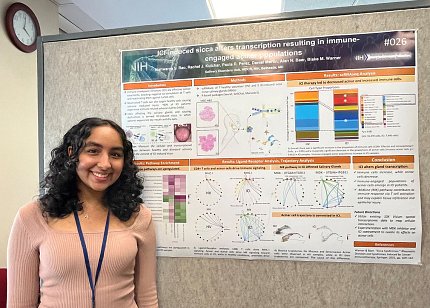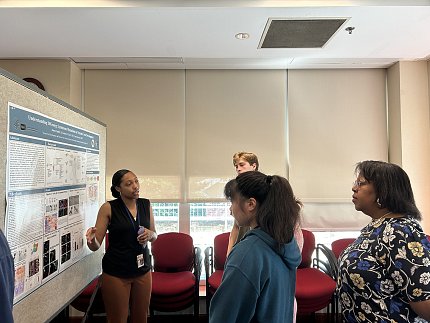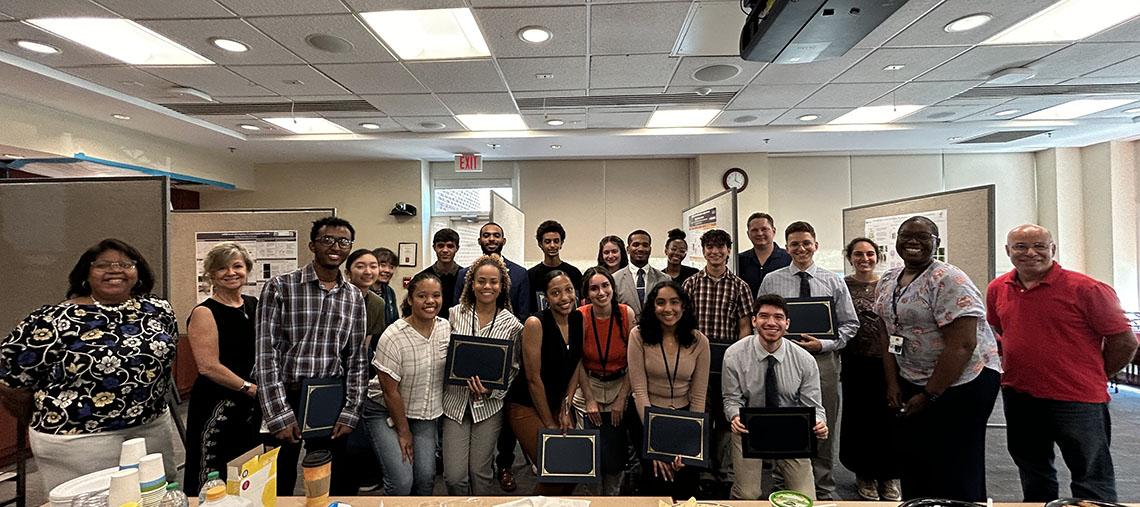Summer Students Soar at NIDCR
Restoring Saliva Flow

Photo: NIDCR
Cracking the Code to Early Development

Photo: NIDCR
Mapping the Brain
Sugary Molecules

Photo: NIDCR
Cancer and Regenerative Medicine
“It was exciting to see results from my work and know it could help improve health care,” said Demissie. “This experience really motivated me to continue with research.”
